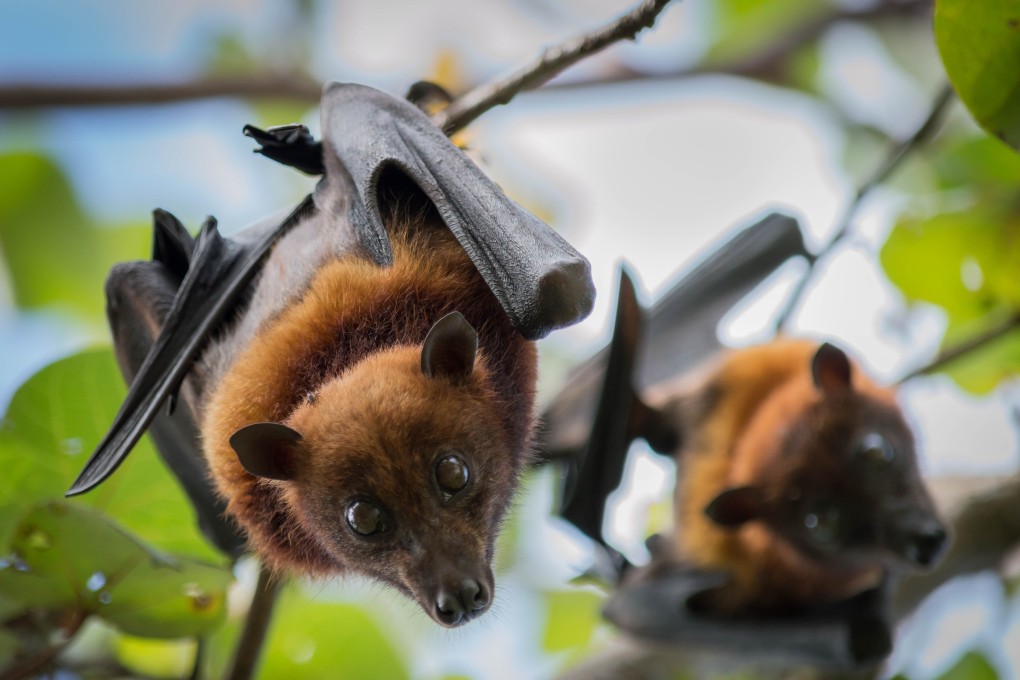Coronavirus weaker than Sars but may share link to bats, Chinese scientists say
- Virus found in fruit bats is common ancestor of the two strains, study suggests
- New strain has unusually high ability to bind to a human protein, researchers calculate

The new virus shares a common ancestor with severe acute respiratory syndrome (Sars), in HKU9-1, a virus found in fruit bats, they found.
The connection with wild animals was confirmed on Wednesday by Gao Fu, director general of China’s Centre for Disease Control and Prevention.
According to Gao, the coronavirus, which has sickened more than 400 people across the country and led to nine deaths, originated from wild animals sold at a seafood market in Wuhan. Gao warned that a major challenge was that the new strain was adapting and mutating.

The scientists’ findings, published on Tuesday, suggested that the danger posed by the pneumonia-like virus may have been underestimated by the research community, and came a day after the Chinese government’s announcement of emergency measures to contain its spread.